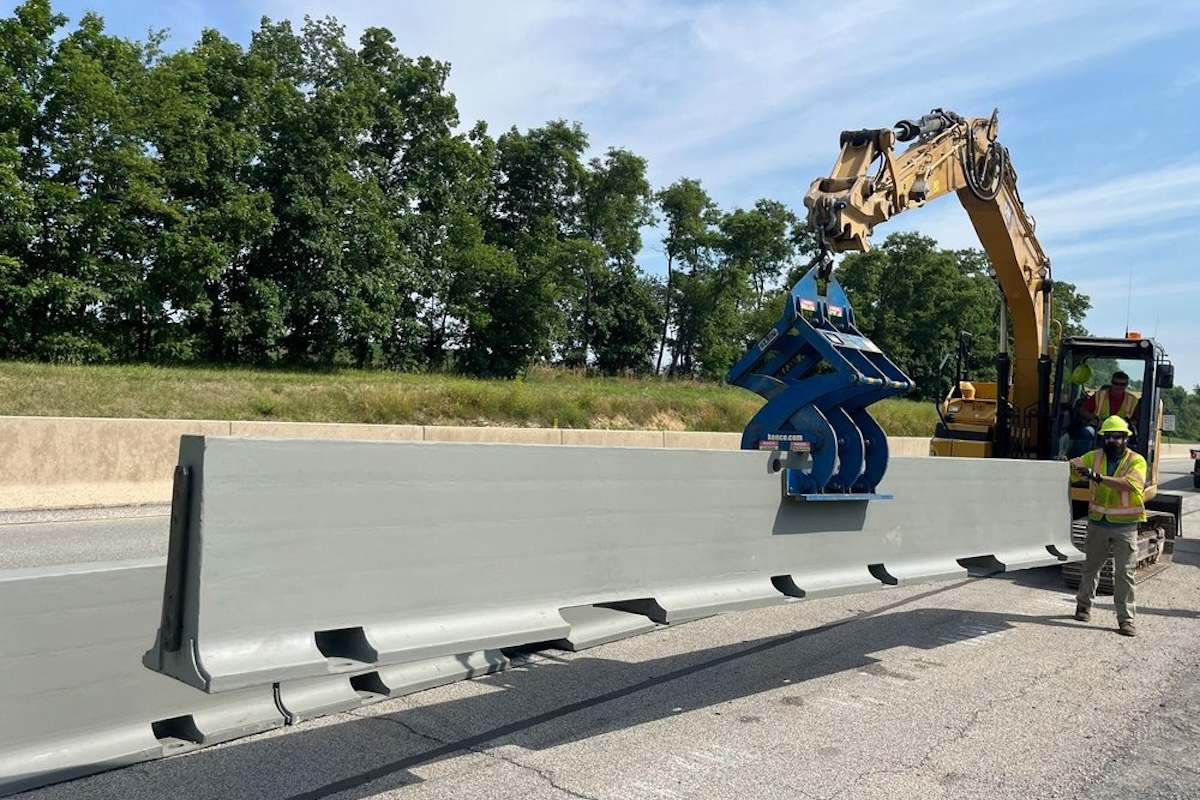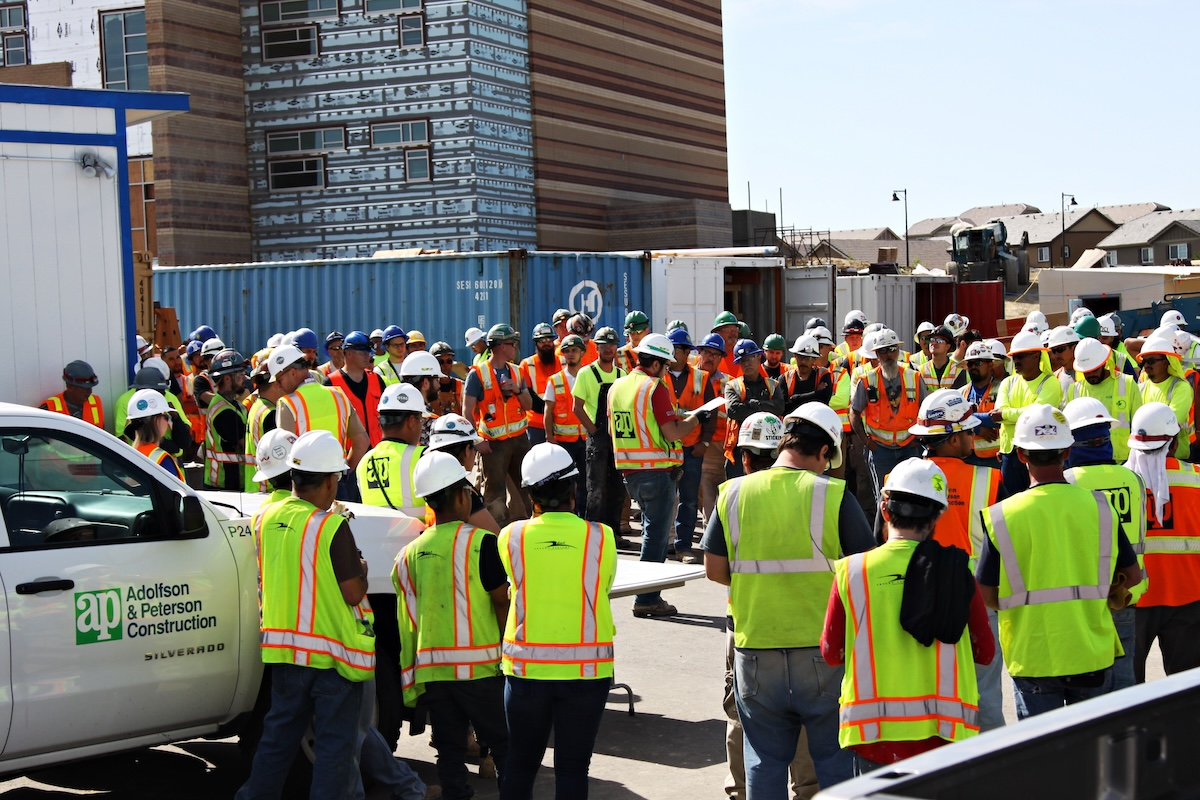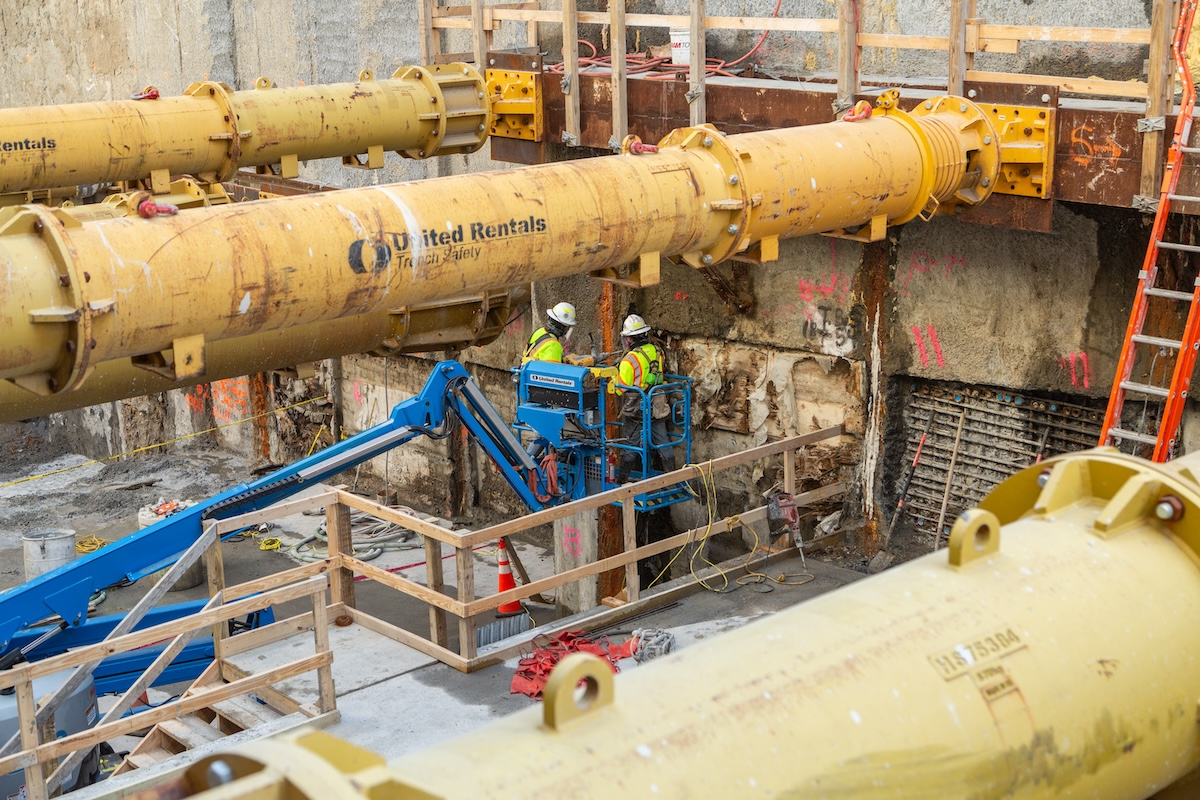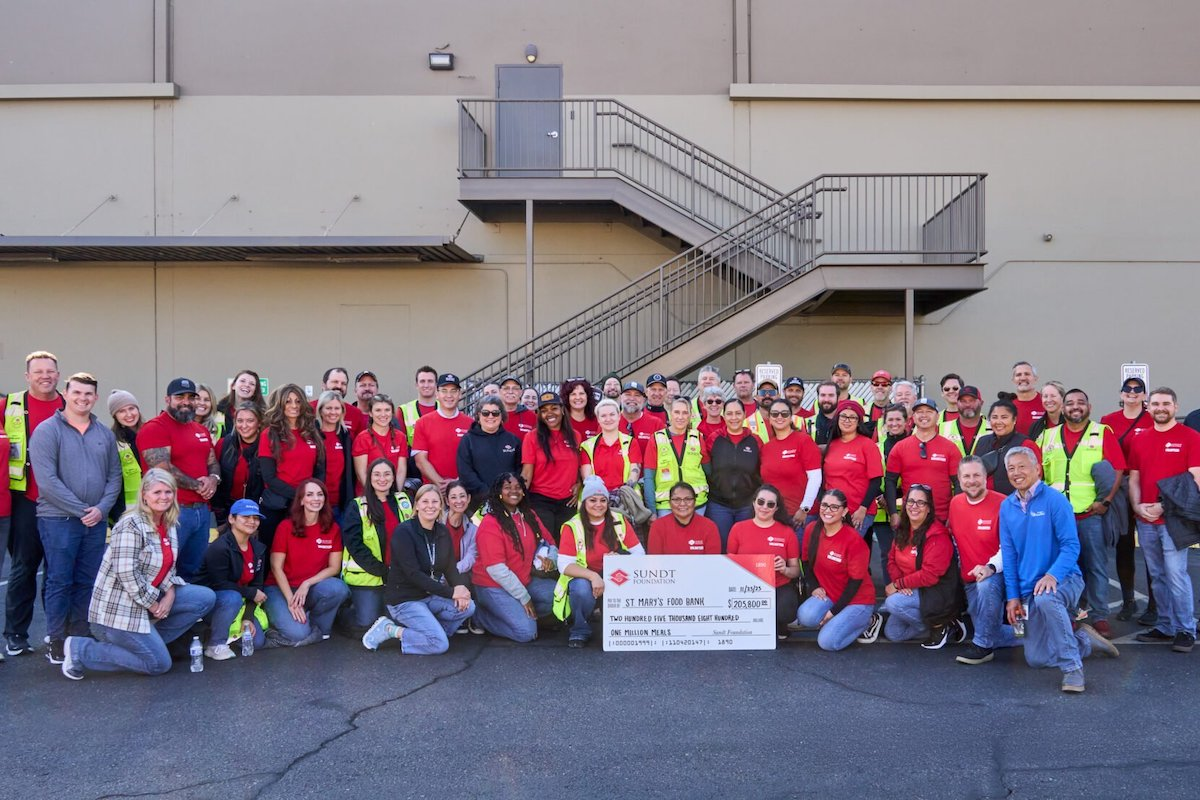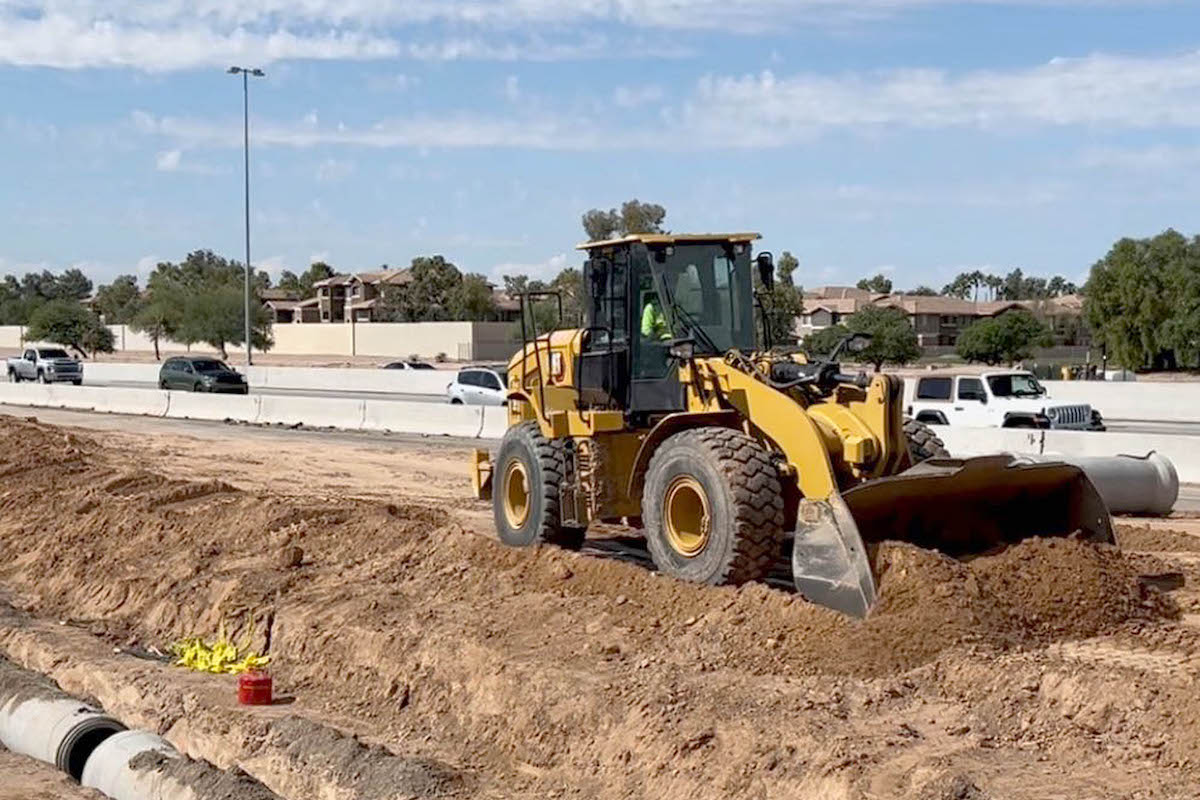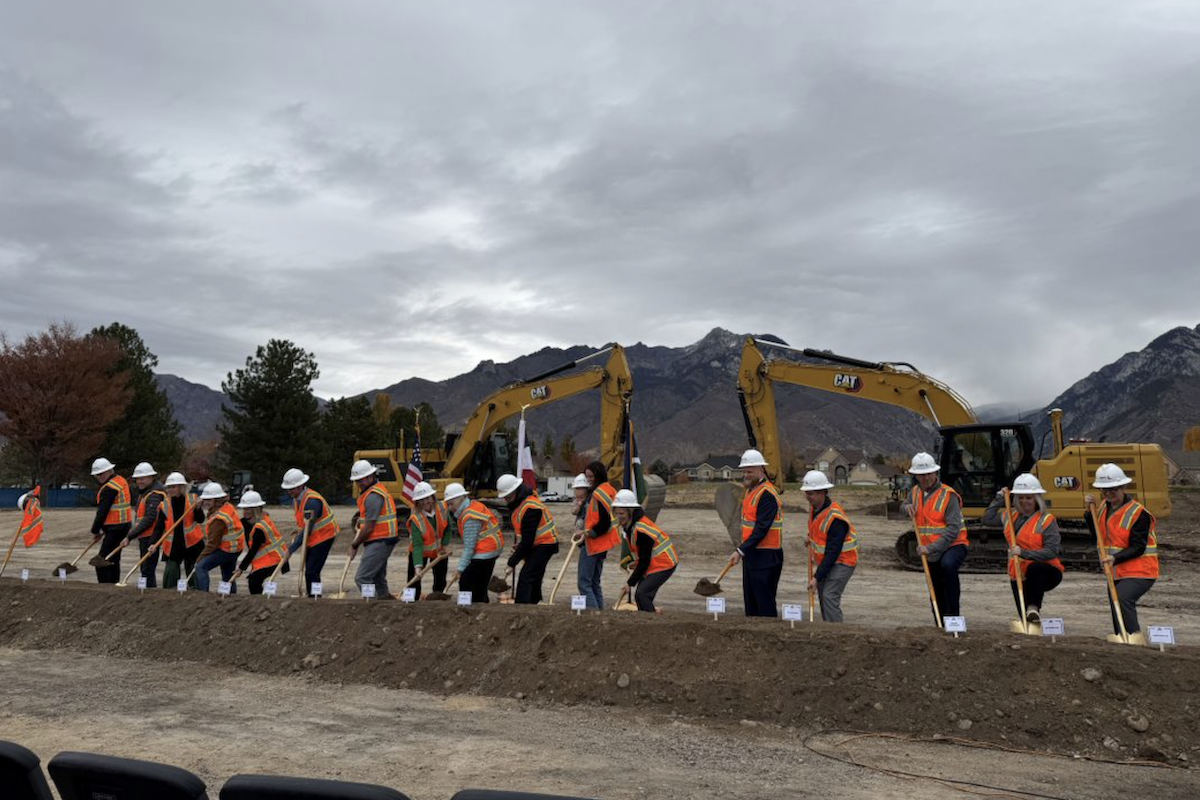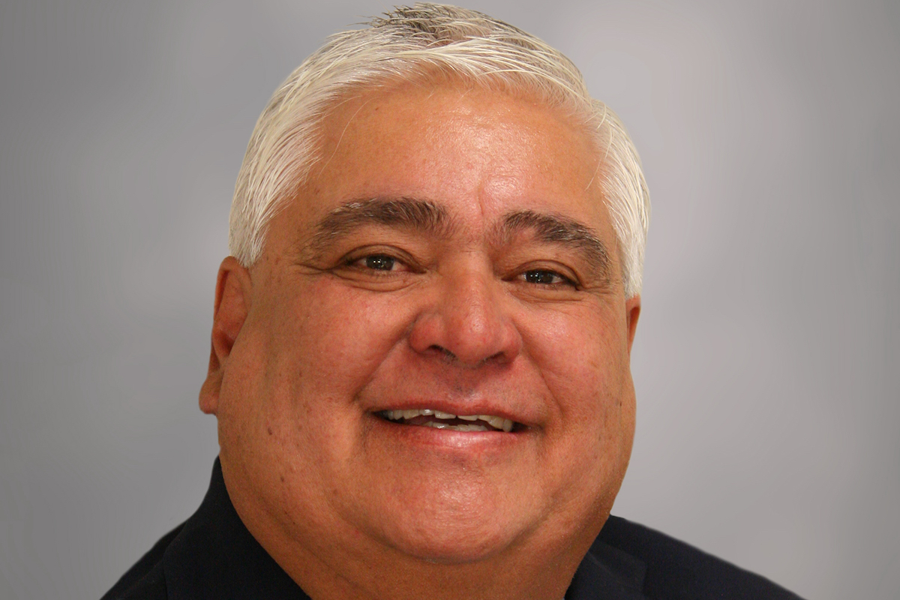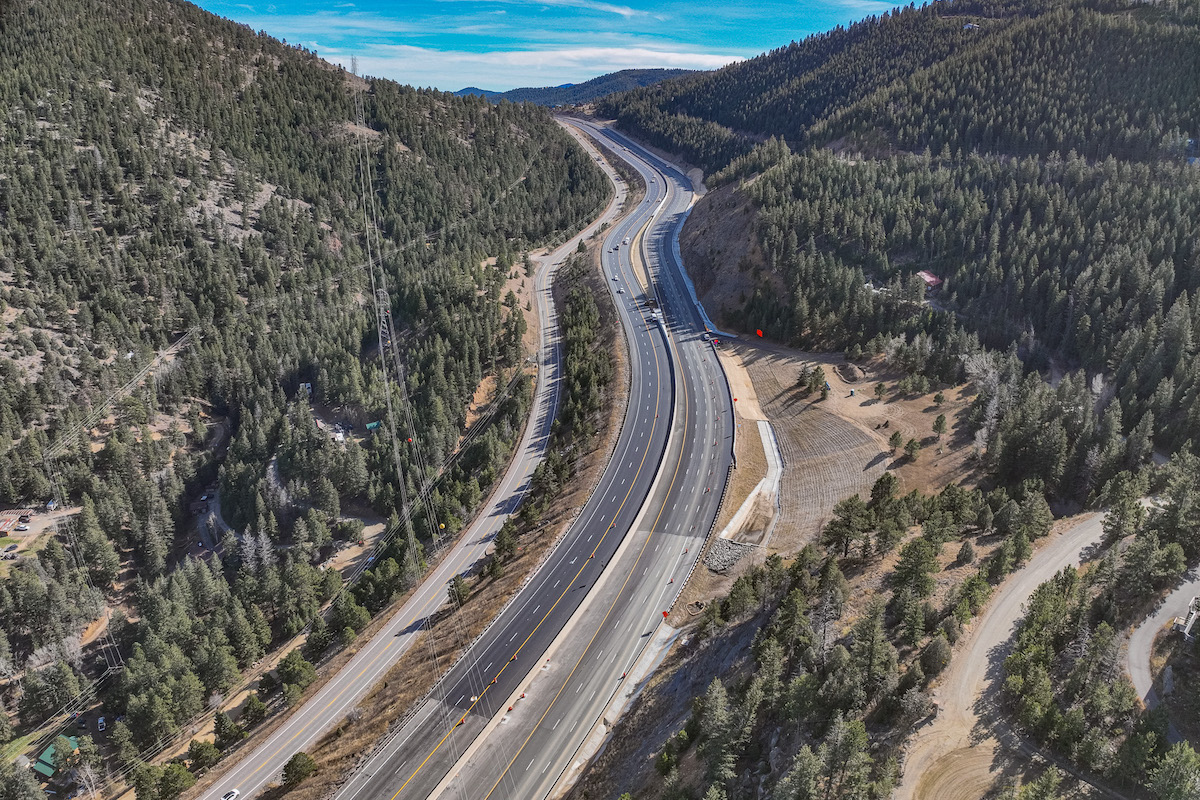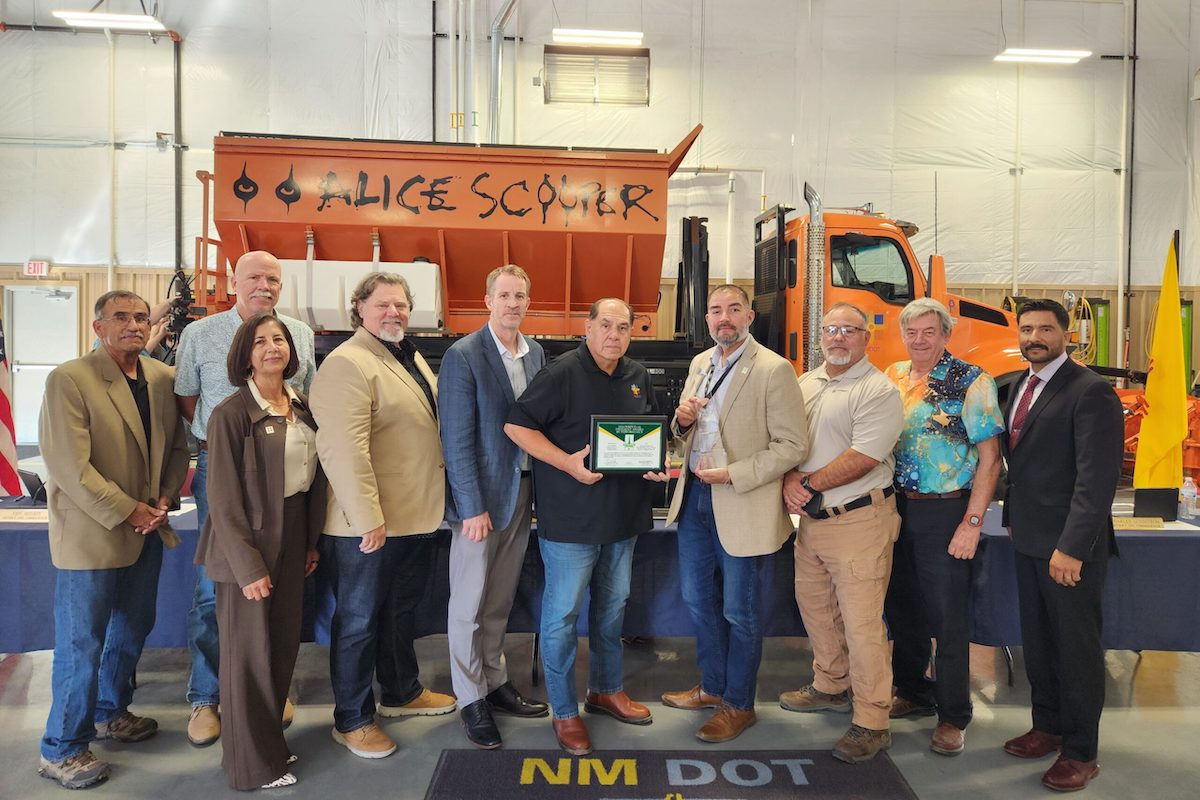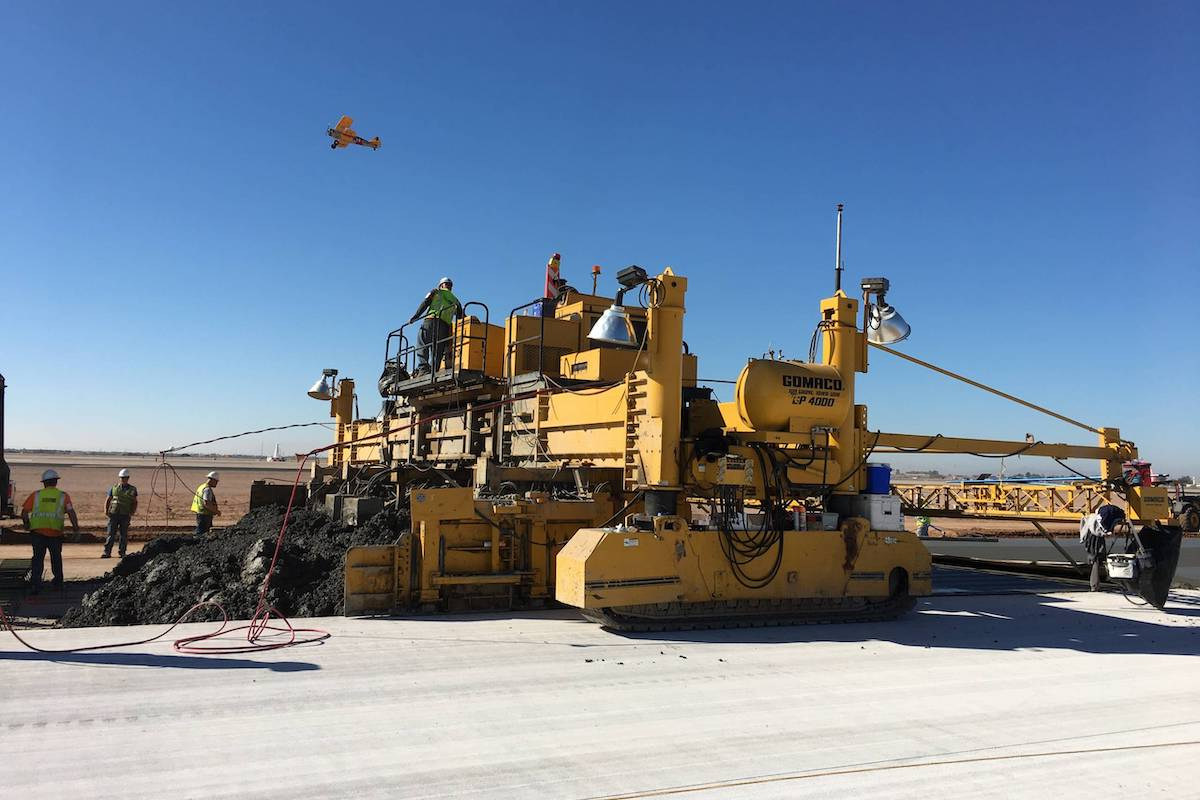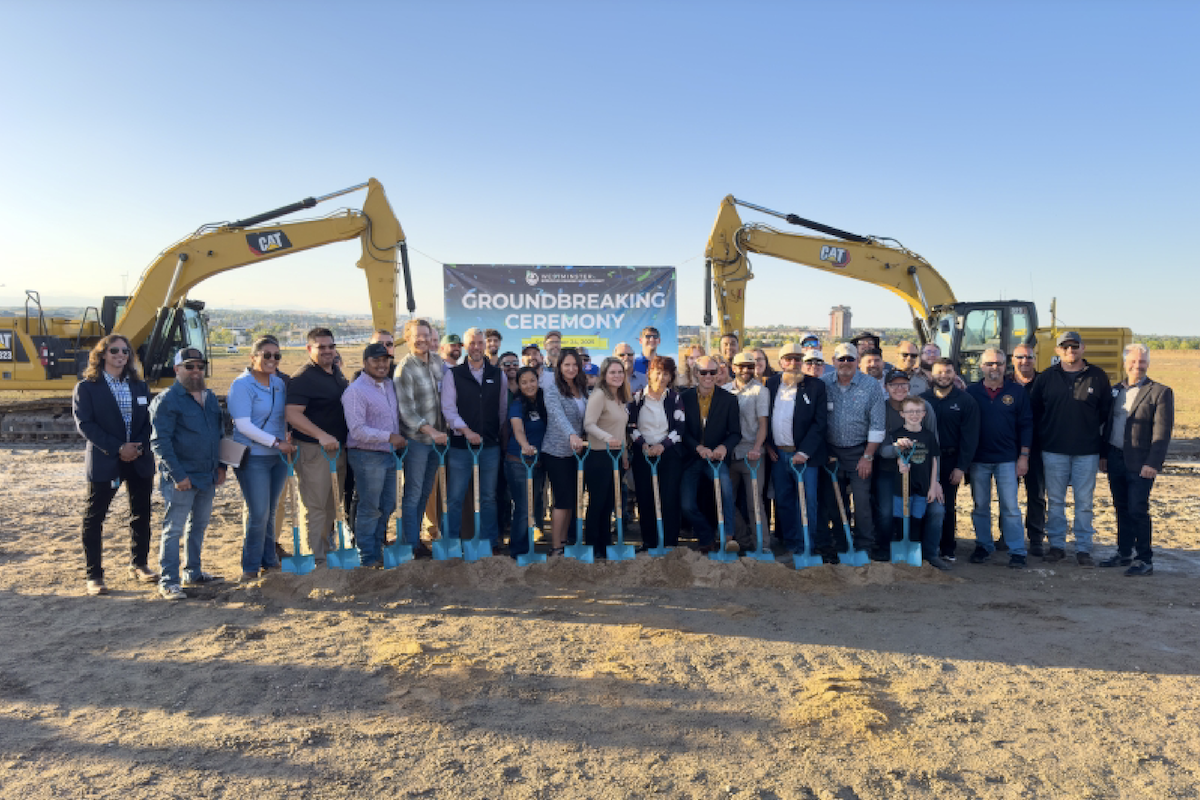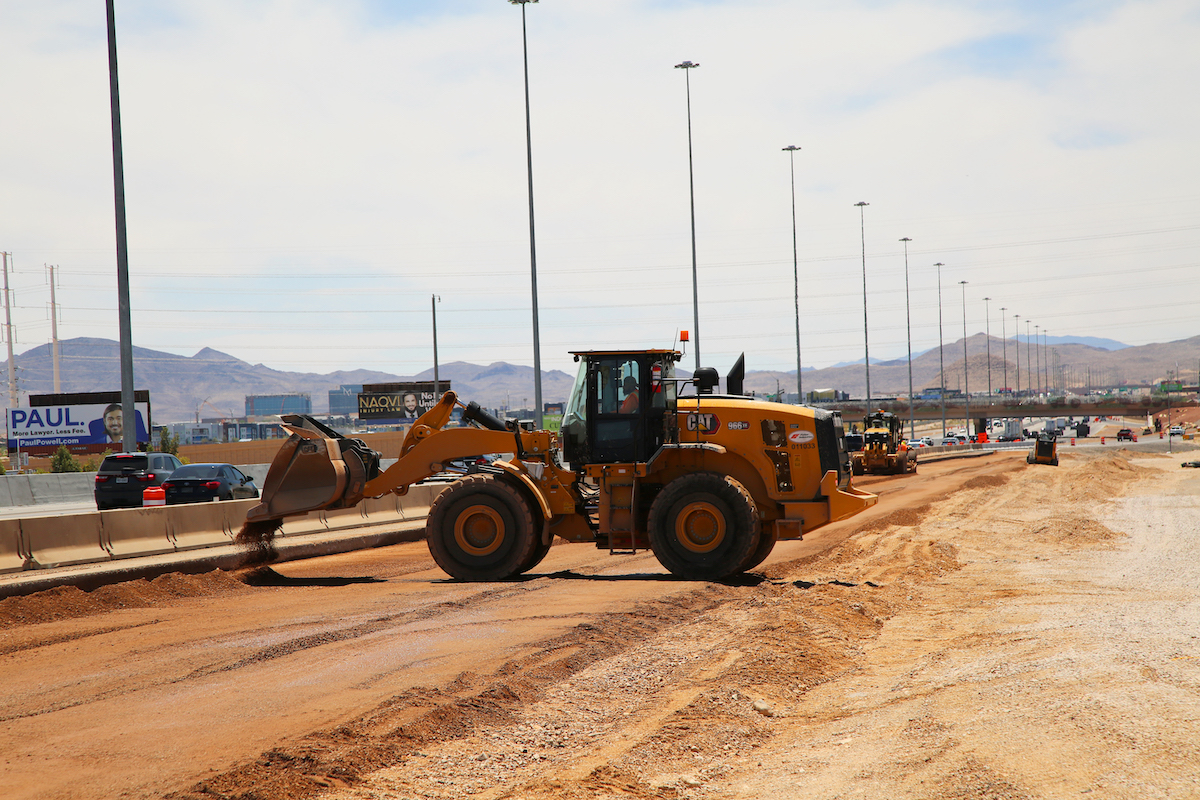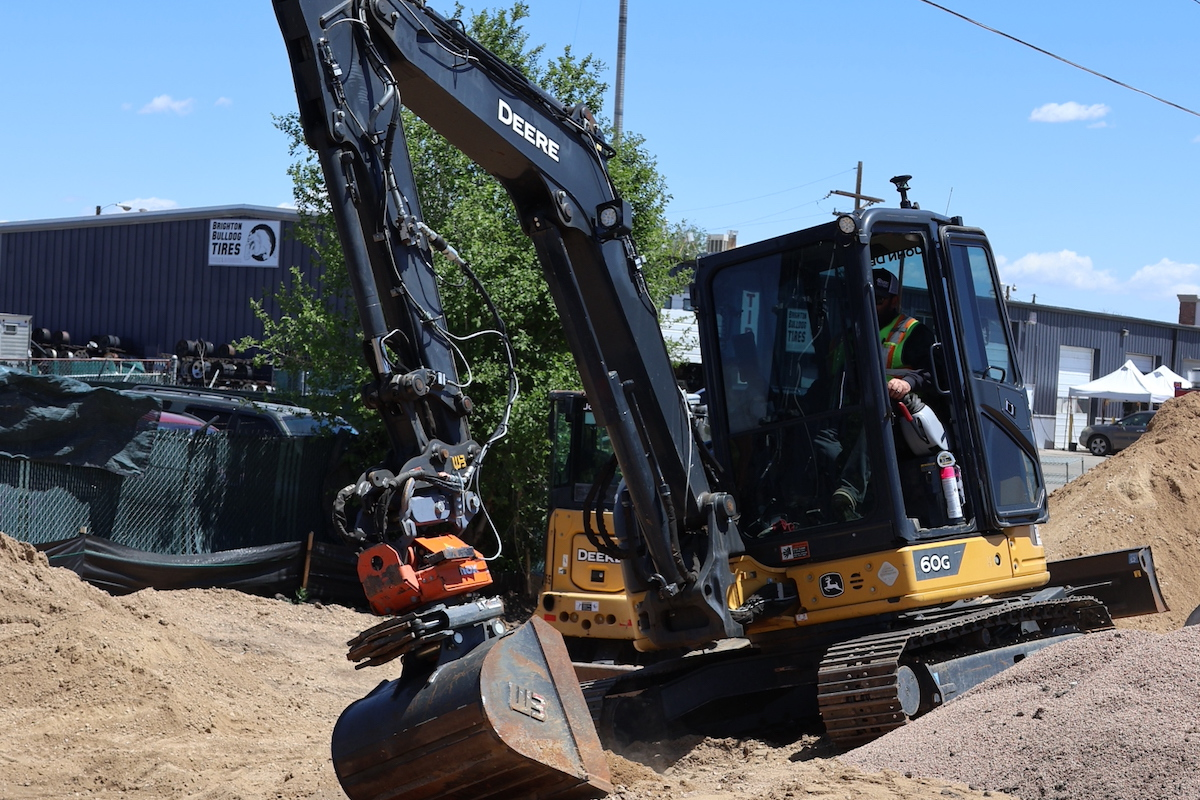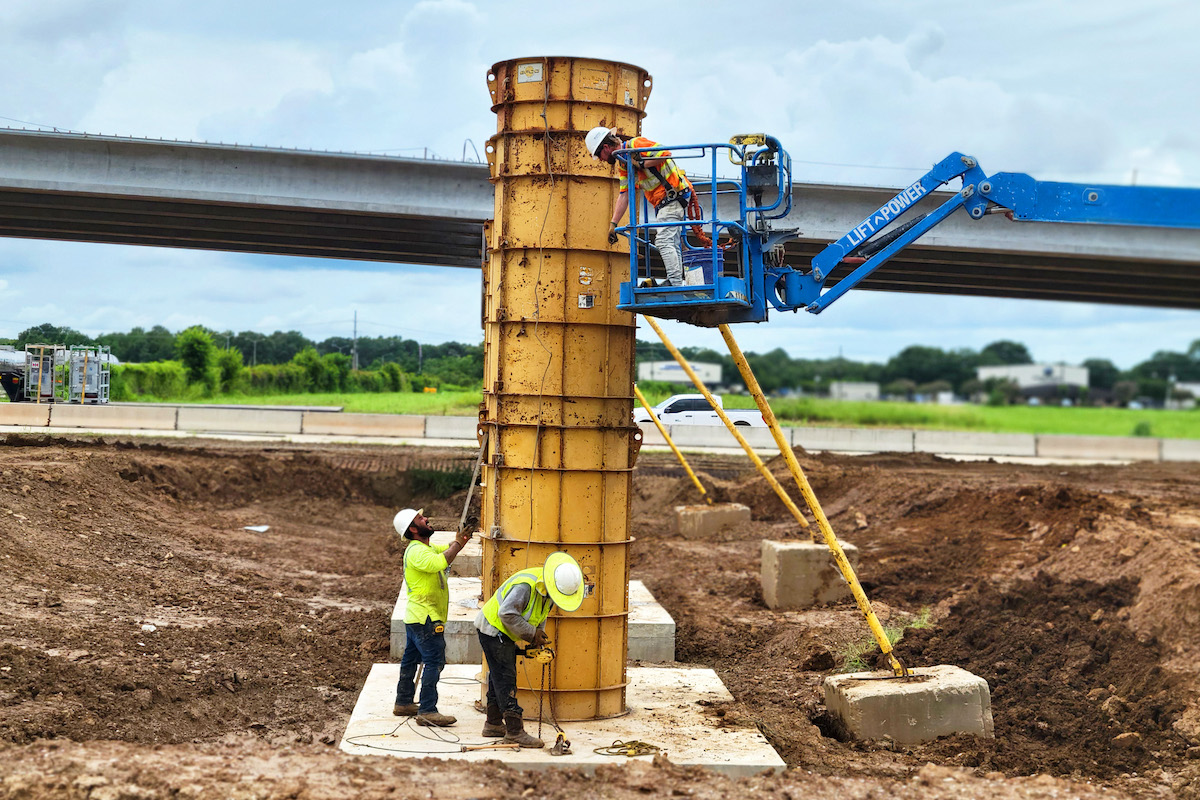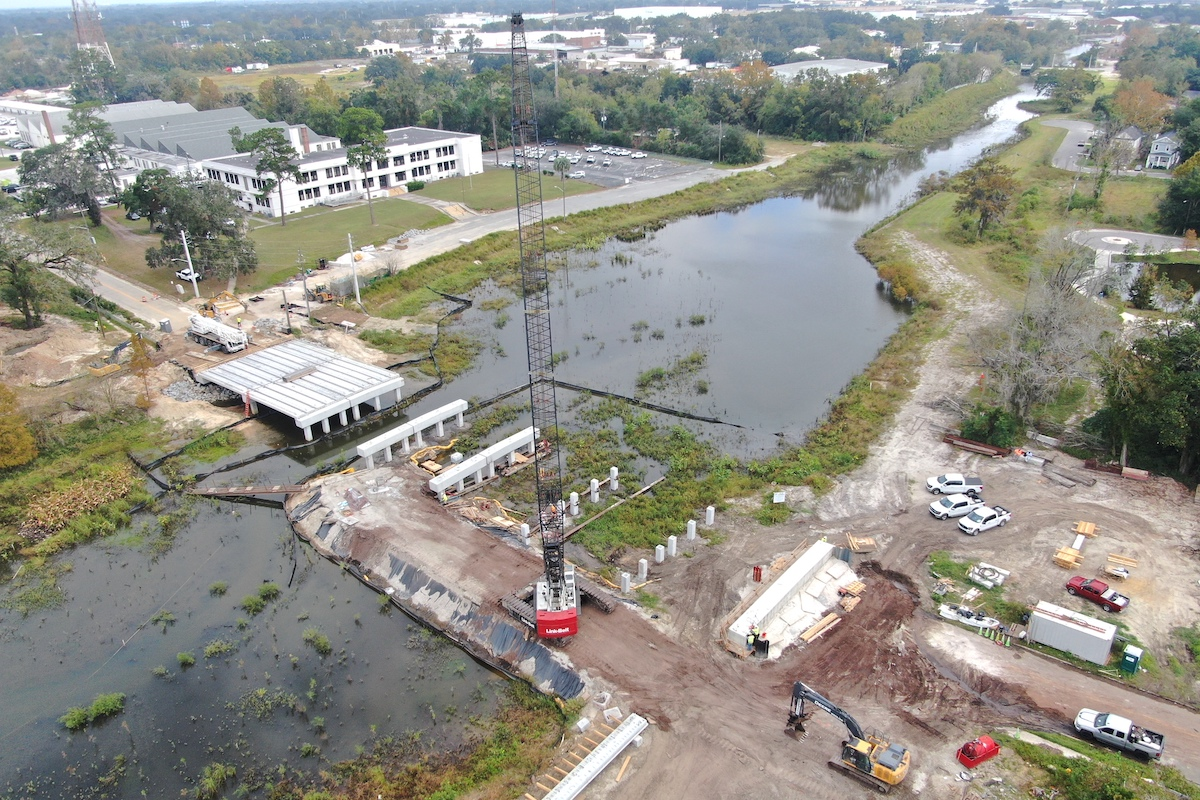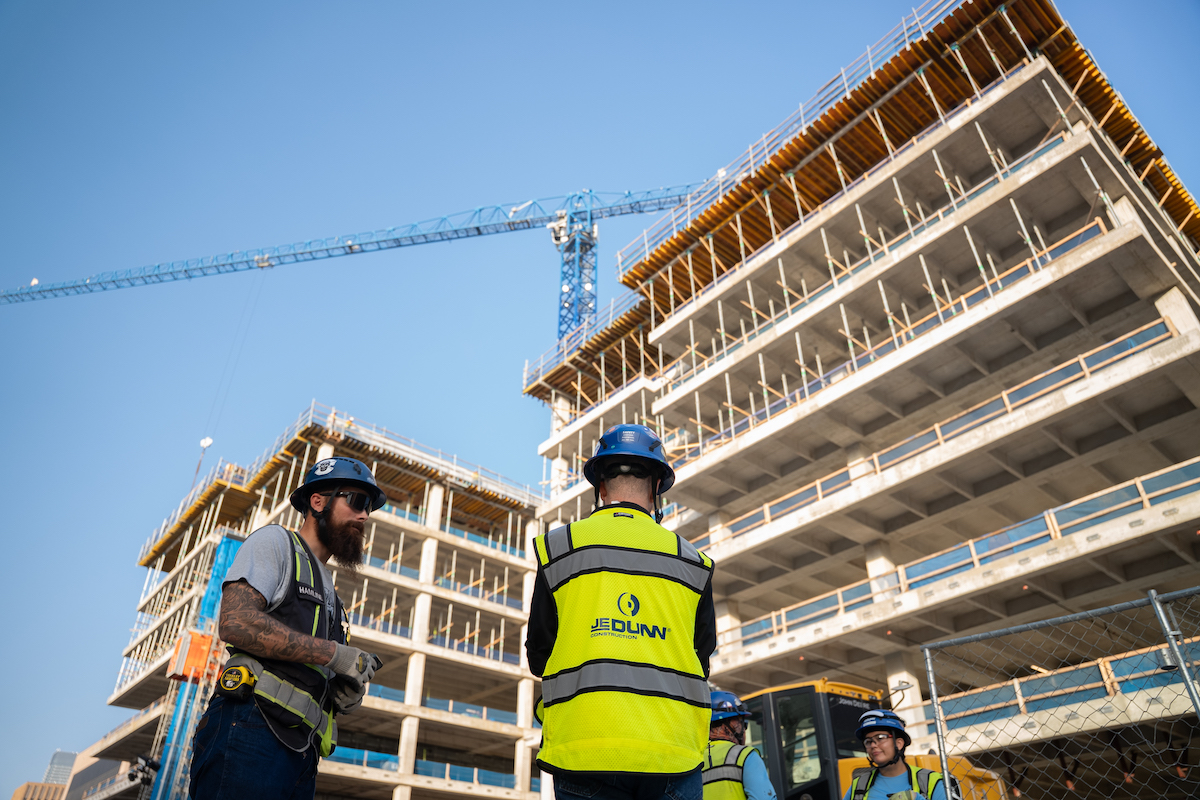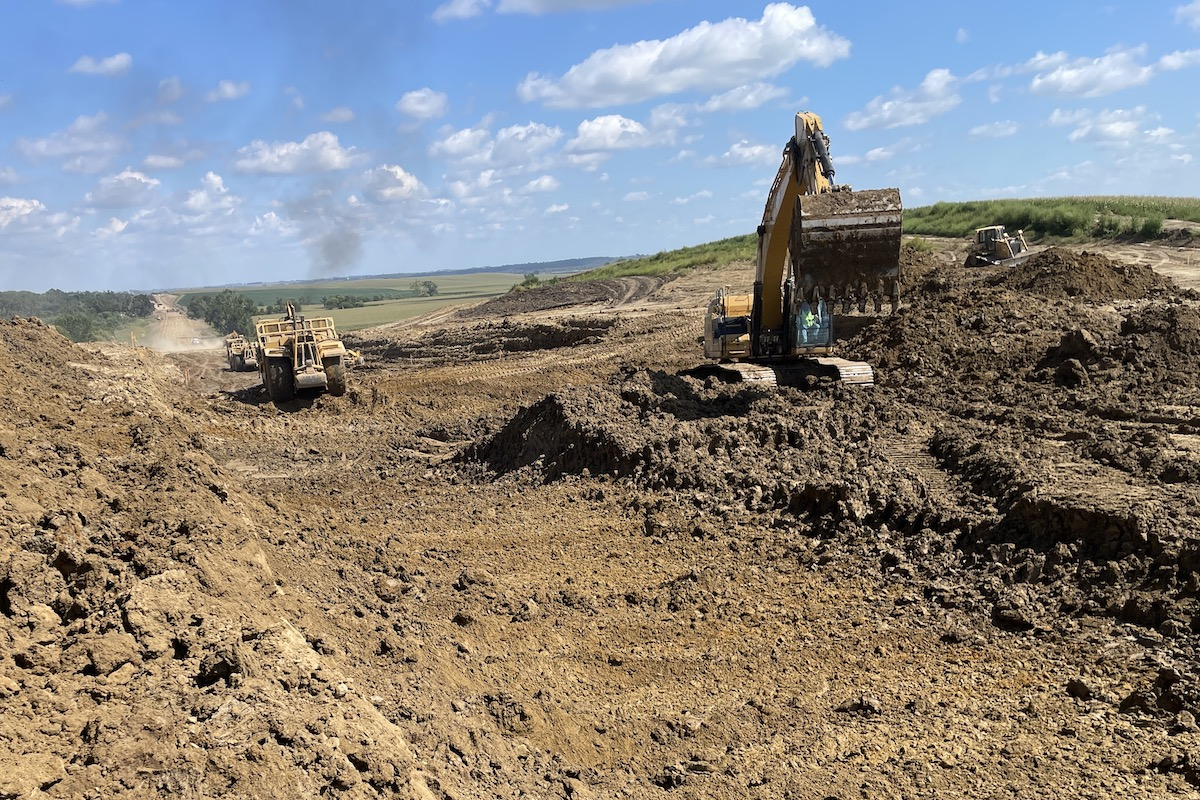The evolution of diesel-powered machines has been decades in the making — and we’re still finding new ways to make internal combustion engines more powerful while also improving their efficiency.
We think the evolution of electrifying heavy equipment will follow a similar path, but at a much faster pace. Think years versus decades.
The transition is well underway today, but we still have a long way to go. That’s why it’s important to understand that the approach to more sustainable power in our industry isn’t a single technology, but rather a variety of solutions we’ll need to develop and integrate into our operations.
For machines like these, there are a variety of chargers available as well. Whether they’re used in a big city on the grid, on the outskirts requiring portable power, or in a remote location that requires solar power, charging solutions are becoming much more prevalent and viable. A lot of these charging advancements are thanks to the on-road electric vehicle movement, which is further along than we are here in construction.

| Your local Trimble Construction Division dealer |
|---|
| SITECH Northwest |
| SITECH Rocky Mountain |
| SITECH Southwest |
For heavier machines up to about 100 to 120 kilowatts, we can still power those using a battery pack. The difference is that the battery pack goes up to a much higher voltage (e.g., 600 volts) so we can achieve faster charging times and the power needed while maintaining a reasonable weight/power balance.
But once we get over about 120 to 150 kilowatts of power requirement and longer duty cycles, we have to start looking at different technologies. The simple reason is that the batteries are too heavy and expensive to supply the level of power needed, which is especially true for applications where machines are used continuously. These larger battery packs also require longer charge periods, often requiring the machine to be out of service.
As a result, manufacturers are looking at technologies like hybrids and alternative fuels that will be able to power these systems going forward — even cable electric machines where you connect the machine directly to the grid and draw power while working. That’s a good option if you happen to have an application where the machine is relatively stationary.
When you get into the very large equipment over 200 kilowatts, we have to look at some of the more “exotic” technologies like hydrogen power, either using a direct hydrogen combustion engine (a modification of the standard diesel block) or supplying electric energy from a hydrogen fuel cell. These options are available — though not very common yet — and being used at very high-power ranges for work like mining and quarrying.
We first have to demonstrate that new power sources/machines can meet or exceed the performance of the current machines they may replace. Many OEMs have done that in the last couple of years with compact battery-electric machines. Mid-size pilot test results, such as Skanska's use of the Volvo EC230 Electric Excavator on the Purple (D Line) Extension Transit project in Los Angeles, California, are making a great case so far. The technologies needed for larger machines are still in progress.
The second pillar is to make sure we have the infrastructure to support all of these technologies. There is a lot of room for growth in this area, and we know that while it may not be happening as fast as we’d like, it is happening. Governments and trailblazing companies will remain essential in moving this forward.
The third pillar is determining the right machines and charging options for a given application. Not all power sources or charging solutions will work for every situation. For example, a mid-size electric excavator can succeed in material handling at a waste facility and an electric compact excavator can be great for indoor demolition. But if either is needed for a continuous task that doesn’t provide the time needed to charge a battery, the battery technologies currently in-market probably won’t work.
Another factor that must be considered is affordability. If these solutions do not make sense economically, adoption will lag. This too has room for improvement, and I expect that it will get better as the supply chain develops and demand grows.
At the beginning of our industry’s electrification journey, there were no standard charging protocols. It could take any number of plugs, outlets, or setups to be able to transition a fleet. So, as a first step toward solving the problem and increasing transparency in charging, Volvo CE published its own brand-agnostic software protocol and plug specifications for its 48-volt, off-board DC fast chargers. This enabled other OEMs and suppliers to use them in the development of their own charging solutions for compact machines.
Over the last few years, we’ve seen announcements about OEMs and battery or charging solution providers entering partnerships, establishing joint ventures, or making investments to further electrification efforts. These collaborations have grown from standardizing specs to a pretty fast-moving expansion of charging solutions.
While some solutions are meant for job sites with existing power that can support AC charging and DC fast chargers (which often require access to a three-phase, 480-volt, 60-amp power supply), remote jobs can employ off-grid, no-connection, freestanding solar chargers or other portable solutions.
With so many new power alternatives on the horizon — and potentially many more yet to be discovered — the future of heavy equipment design is exciting. Sustainable solutions are an integral step in combating excessive carbon dioxide emissions worldwide, so it’s more important than ever to get these solutions right while getting them into the market as soon as possible.
With the advances and collaboration we’ve already seen in the construction industry in such a short amount of time, I’m confident we’ll get there.














